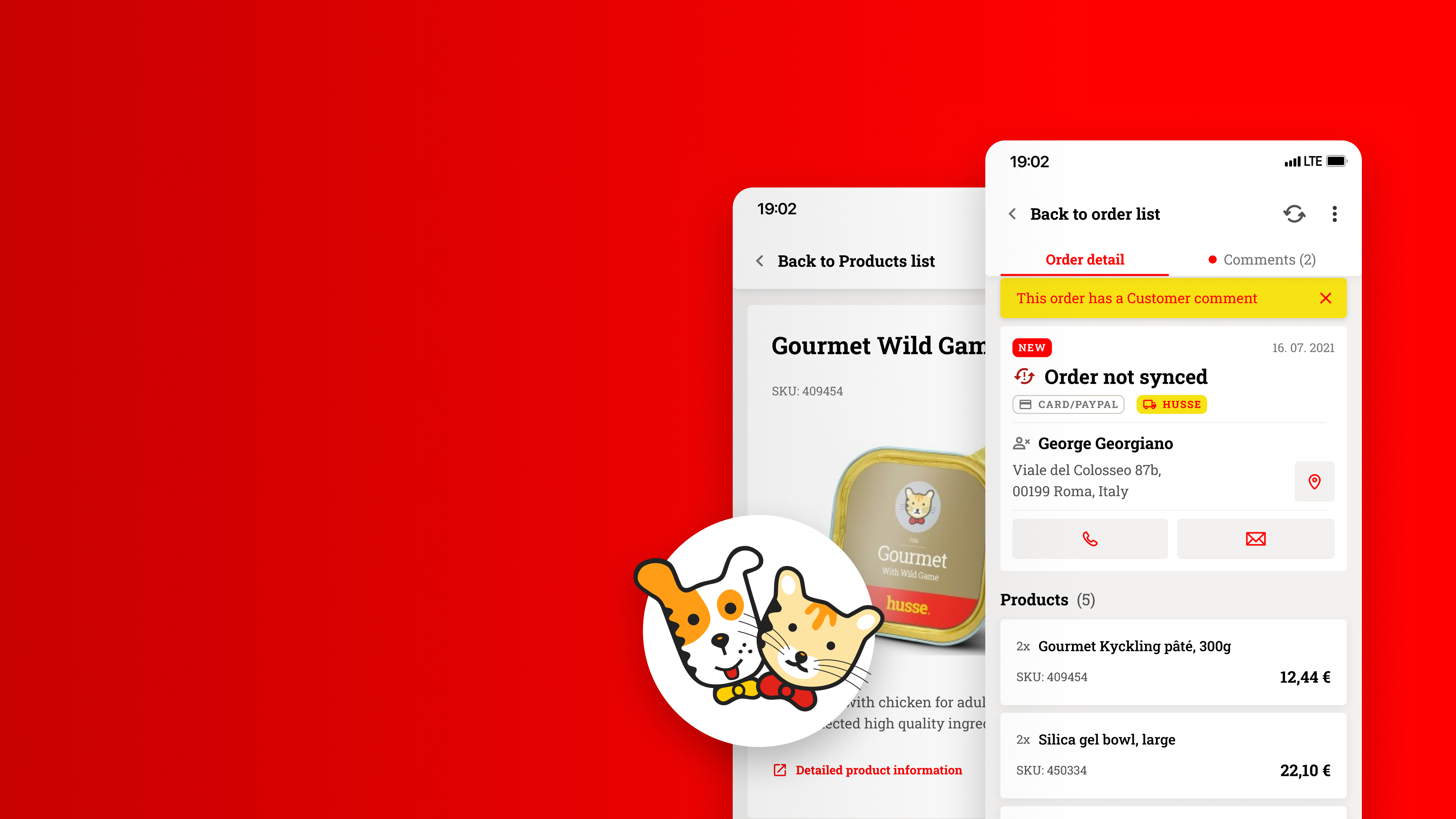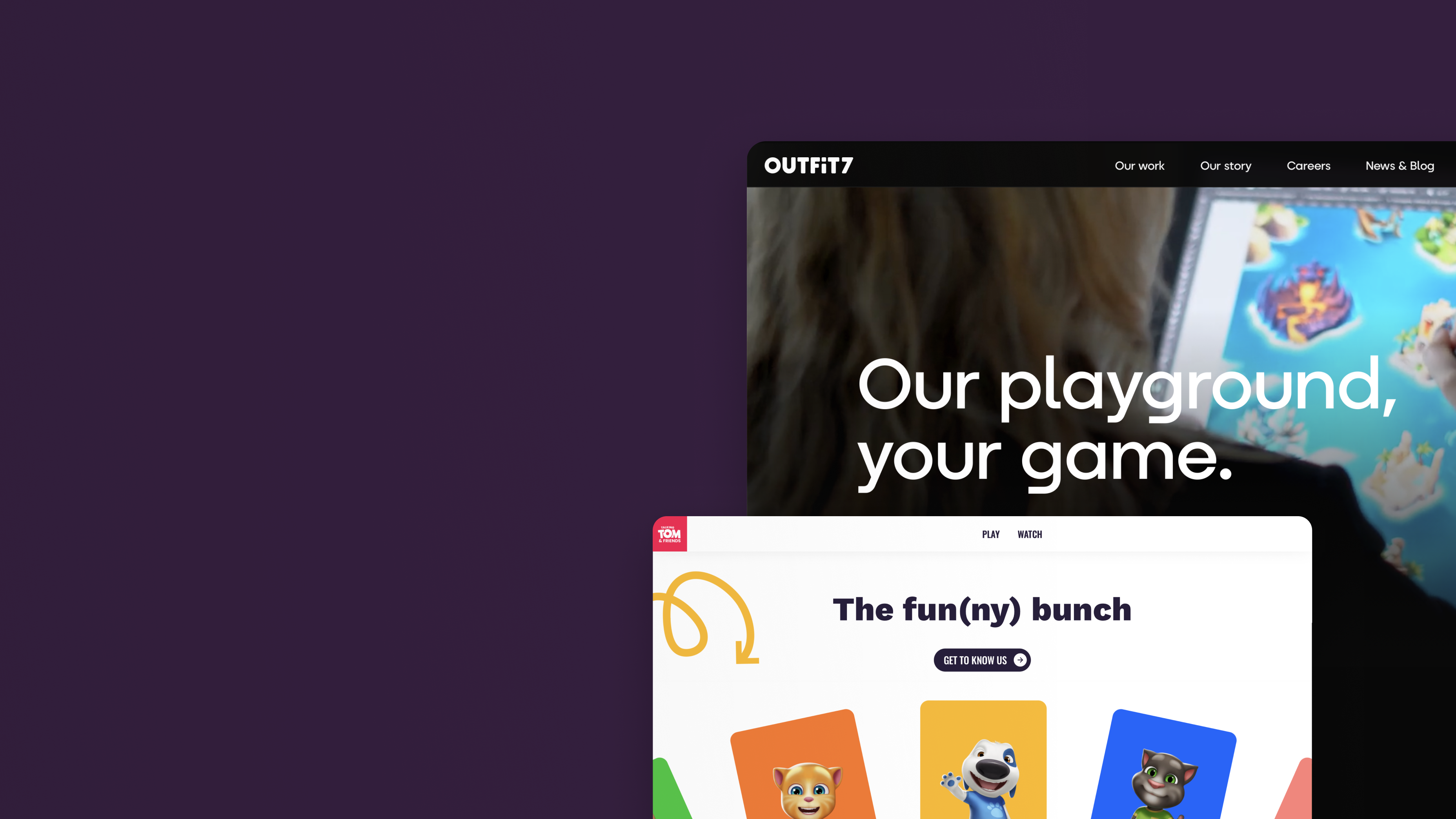Power to the People: Helping Slovenians Master Their Electricity Tariff System

The Slovenian public faced a wave of confusion and concern following the rollout of a new electricity network tariff system in late 2024. Tarifnik was built as a response—an accessible tool to help people align their energy use with shifting tariff schedules and regain control over their household costs.
Awards

The challenge
When the new tariff system was introduced, it raised more questions than answers. Complex and hard to interpret, it left people unsure about what it meant for their daily routines and monthly bills. The challenge was to translate that complexity into something they could understand and act on.

The plan
We saw an opportunity to build a tool that could interpret complexity and reduce public confusion, so we set out to create a rapid prototype using minimal resources and launched it quickly to deliver clarity at a moment when people needed it most.
Result and impact
active users using Tarifnik to align their daily energy habits with tariff schedules.
Launched in days, proven by user demand, used daily by tens of thousands.
Discovery
To first understand the situation at hand, we dove into official documentation, media coverage, and public conversations—but also went further. We spoke with people across different contexts, ran a public survey, and collected insights in every way we could to understand how the public perceived the new system. We did what we could—fast and focused—in a day.
What was clear was that most people needed more than just rules—they needed help understanding how those rules would affect their expenses. Even well-informed users struggled to predict how this change would affect them. The rules weren’t hidden, but they were difficult to apply to daily life.
One clear need emerged: give people a way to understand when and how to use electricity smarter to avoid surprises. That insight became the foundation of Tarifnik’s first version.
Services performed

Mak Kordić
CEO, CNJWe created Tarifnik because we were just as confused as everyone else. No one was making energy pricing simple—so we built something clear and useful. Not for profit, but to make a real difference with the skills we had.
UX & UI Design
With limited time, we skipped traditional, individual UX and UI phases and combined the process into a unified sprint. The goal was simple: create the clearest possible interface for interpreting the tariff system—one that could also be built quickly.
The main screen became the core experience. It displayed the current day divided into hours, clearly differentiating the hours that had passed from those still ahead. Color coding was used to indicate the current tariff level—making it instantly clear when electricity usage was more or less expensive. This allowed users to immediately see both the current state and when more favorable conditions would return. Everything was designed to answer the real-life question: “Can I use more now, or should I wait?”
The layout was designed to be readable and intuitive across devices, minimizing friction and maximizing clarity. Throughout the rapid design process, we tested the app with users multiple times—refining the solution until it worked for most people at a glance.
At this stage, the app consisted of the main screen, an informational section explaining the tariff system, and a minimal settings screen. Its visual design was intentionally understated—a quiet layer supporting the clarity of the content. We also introduced a dark mode, allowing the app to visually align with individual users’ system-wide appearance preferences. This made the interface feel minimal and simple, yet polished.
This is also when the name Tarifnik emerged—thought of almost instantly, and immediately felt right.
Services performed




Development
The clarity and focus established during the UX and UI phase enabled fast development—every interaction and layout was already resolved, allowing implementation to proceed without friction or rework.
We used React Native for cross-platform development, enabling us to build once and deploy seamlessly to both Android and iOS devices—critical for reaching the widest possible public audience quickly.
To enhance the app’s utility, we implemented a flexible notification system for tariff level changes, allowing users to choose whether they want to receive alerts for every shift or only when the lowest-cost period begins—giving them full control over how often they’re contacted.
Every aspect of the app was shaped by simplicity and performance, allowing us to launch Tarifnik in just three days—fast, stable, and already meaningful.
Services performed




Evolution
After launching Tarifnik and seeing strong adoption, we made a strategic decision: build beyond the initial version. The response—tens of thousands of downloads and a highly engaged user base—made it clear that people wanted more. In the following months, we rolled out a series of targeted updates, each expanding the app’s utility and impact.
We started with improvements to the core experience, adding the ability to navigate between days, helping users stay oriented and better plan their daily energy use. From there, we introduced new tools to support smarter decisions. Three calculators were added—one to estimate monthly network usage charges, another to anticipate additional costs related to power draw limits, and a third to compare electricity suppliers. The supplier comparison calculator allows users to input their consumption and pricing details to see how their current plan compares—clearly highlighting better offers and promoting more cost-effective choices. A news section also keeps users informed with curated updates on regulatory changes and system developments.
In parallel, we introduced and tested a concept we called Active Consumption—a feature that promised to deliver real-time insight into electricity use and provide actionable guidance on how to optimize it. Overwhelmingly positive feedback validated our direction, and we decided to develop it into a full feature. Active Consumption combines historical usage data—powered by the national electricity network operator ELES—with a live tracking module for users who connect a compatible physical monitoring device. This integration enables real-time insights and personalized suggestions delivered directly in the app.
Tarifnik’s evolution wasn’t pre-planned—it was shaped by real users, real usage, and real need.
Services performed




From fast launch to daily use. Tarifnik continues to grow.
Let's talk
Hop on a chill 30-minute call,
no pressure, no pitch deck required.
Just pick a time that works for you
and we’ll bring the brains.
Not into video calls or just in a rush?
[email protected]

